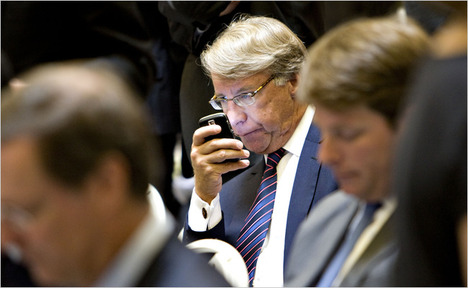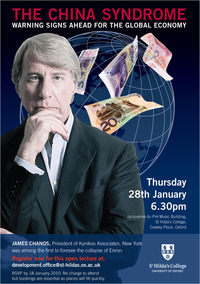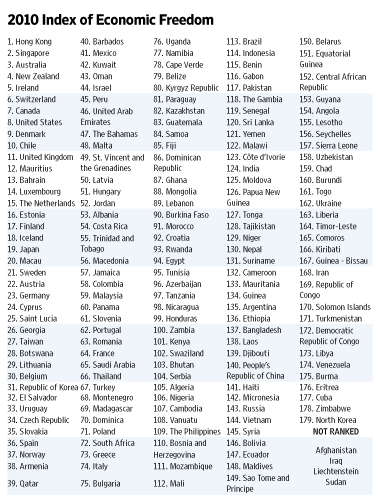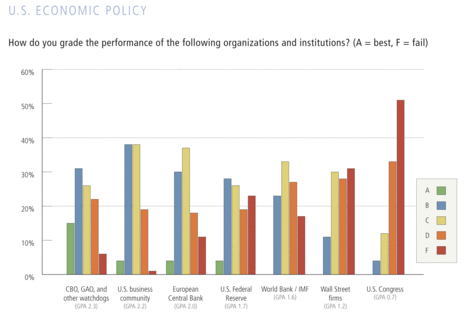(p. 265) On the snowy morning of January 13, 1976, . . . , there was unusual traffic on Rogers Street. Outside the gray one-story buildings with their clouded tilt-out windows, vans from various television channels maneuvered to park. A man from the National Federation of the Blind struggled over a snow bank onto the sidewalk and began tapping earnestly to get his bearings. A dark-haired young man set out on a three-block trek to the nearest vendor of coffee and donuts for the gathering media. In the room at number 68, two engineers poked at a gray box that looked like a mimeograph machine sprouting wires to a Digital Equipment Corporation computer. Several intense young men in their early twenties debated when to begin a demonstration of the device. The short, curly-haired leader of the group, twenty-seven-year-old Raymond Kurzweil, refused to start until the arrival of a reporter from The New York Times.
The event was a press conference announcing the first breakthrough product in the field of artificial intelligence: a reader for the blind. Described as an “omnifont character recognition device” linked to a synthetic voice, the machine could read nearly any kind of book or document laid face down on its glass lens. With a learning faculty that improved the device’s performance as it proceeded through blurred, faded, or otherwise illegible print, the machine solved problems of pattern recognition and synthesis that had long confounded IBM, Xerox, and the Japanese conglomerates, as well as thousands of university researchers.
. . .
(p. 266) Stevie Wonder, the great blind musician, called. He had heard about the device after its appearance on the “Today Show” and it seemed a lifelong dream come true. He headed up to Cambridge to meet with Kurzweil.. . .
As Kurzweil remembers, “He was very excited about it and wanted (p. 267) one right away, so we actually turned the factory upside down and produced a unit that day. We showed him how to hook it up himself. He left with it practically under his arm. I understand he took it straight to his hotel room, set it up. and read all night.” As Wonder said, the technology has been “a brother and a friend . . . . without question, another sunshine of my life.” Wonder stayed in touch with Kurzweil over the years and would play a key role in conceiving and launching a second major Kurzweil product.
Source:
Gilder, George. Microcosm: The Quantum Revolution in Economics and Technology. Paperback ed. New York: Touchstone, 1990.
(Note: italics in original; all ellipses added except the ellipsis internal to the last paragraph, which was in the original.)







